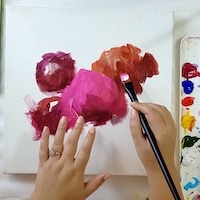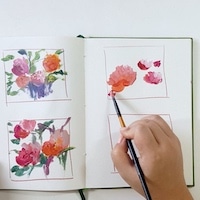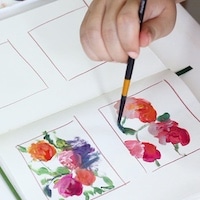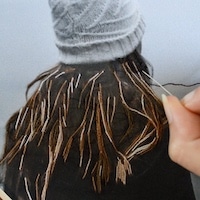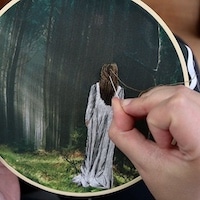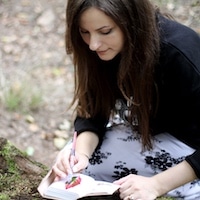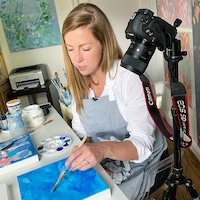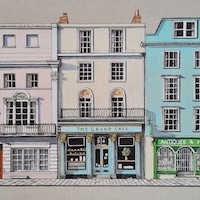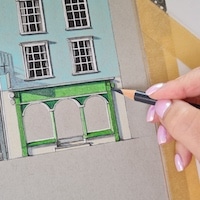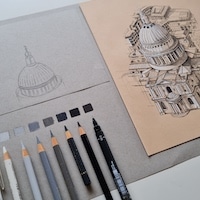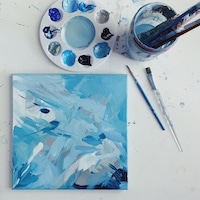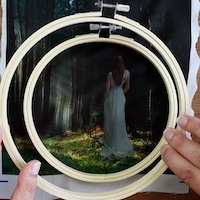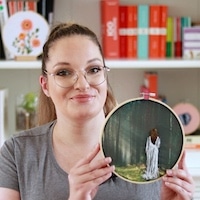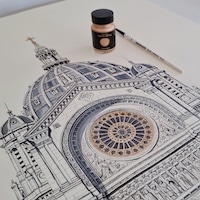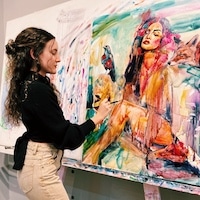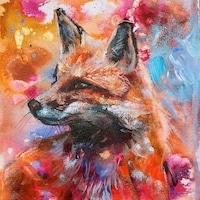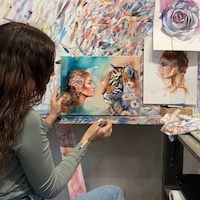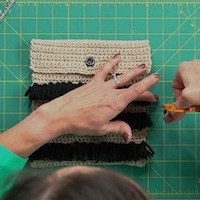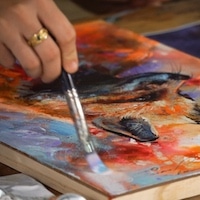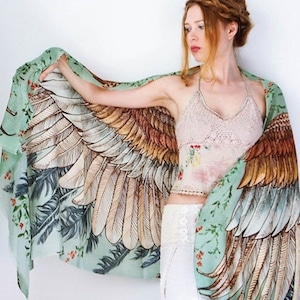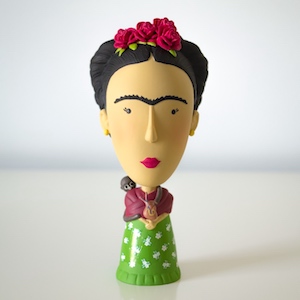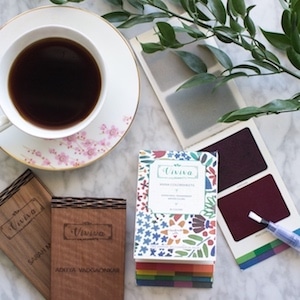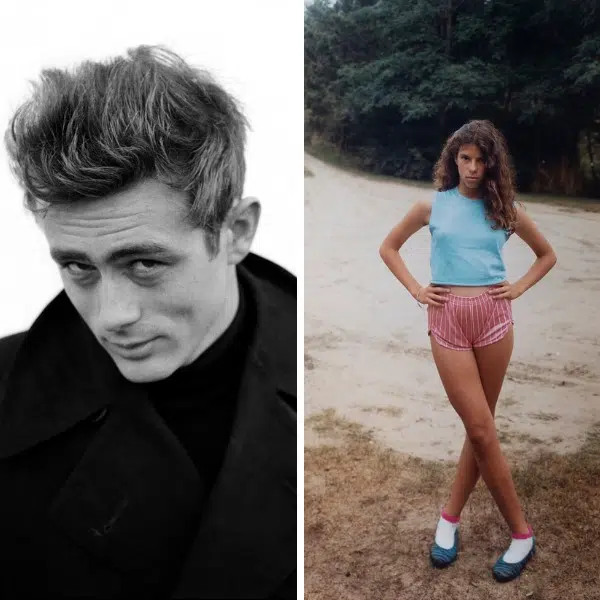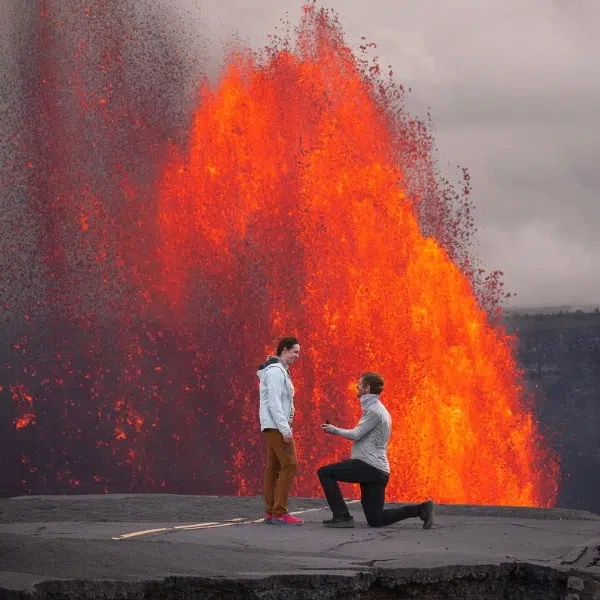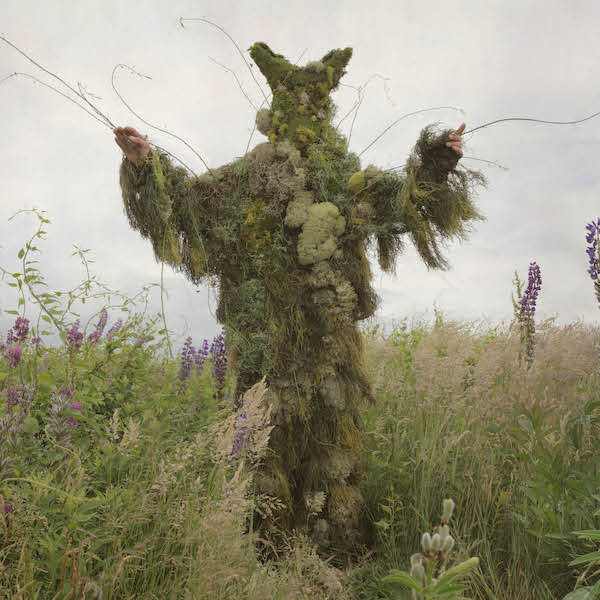
Every year, towns in and around Upper Egypt celebrate religious festivals like the Mawlid with a display of tremendous skill, heroism, and horsemanship called Al-Marmah. The traditional sport, which is often described as the “game of warriors,” sees riders maneuvering horses at high speeds, all while brandishing long staffs and dressed in flowing jalabiyas. It’s a cultural performance that has long fascinated Yasser Alaa Mobarak, both on a personal as well as an artistic level.
“Al-Marmah is a celebration of strength and courage,” the Egyptian photographer tells My Modern Met. “Imagine a dusty open field or a narrow street alive with sound: drums beating in hypnotic rhythm, voices rising in chant, and horses surging forward under riders who balance strength and grace in equal measure.”
While visiting Qena, in southern Egypt, for the Mawlid, Mobarak decided to honor that chaos, rhythm, and beauty through photography. The resulting compositions manage to capture Al-Marmah with intimacy and drama, showcasing men charging forward with their horses or otherwise gracefully weaving them through the streets. Sometimes, these scenes are illuminated by a harsh, midday light; other times, they’re softened by the plumes of dust, which blot out the sky like smog. In any given moment, the mood can shift, and gestures can become blurry with speed or slow down to a trot. It was precisely this unpredictability and dynamism that compelled Mobarak as a photographer.
“What inspired me was the sense that still photography could capture moments of transformation,” he explains. “I wanted to freeze those instants: a horse’s hoof rising, a child’s expression, the blur of a flute in motion. Photographing Al-Marmah was less like covering an event and more like entering a living current.”
Condensing these living currents into a single image is, of course, a daunting task. To produce these photographs, Mobarak had to first locate the pulse of his surroundings, and then “start to move with it.”
“Technically, it demanded improvisation,” he adds. “I learned to shoot instinctively, pre-focusing, reading the movement, and trusting timing over control.”
But the biggest challenge for Mobarak wasn’t exposure, nor was it composition. Rather, it was proximity. In its intensity and agility, Al-Marmah doesn’t make itself an easy target. How, exactly, can a photographer get close enough to riders, especially when they can sprint away with their horses at any second?
“To capture Al-Marmah honestly meant getting close—close enough to feel the ground tremble under the hooves, to taste the dust in the air, to share the intensity of the moment with the participants themselves,” Mobarak says. “That closeness carried risk, but also intimacy.”
Perhaps that’s why Mobarak’s Al-Marmah series carries so much weight. Each image offers a poignant glimpse into the connections people have fostered based on heritage, performance, ritual, land, and, in this case, horsemanship. After all, that’s what Al-Marmah is all about, according to Mobarak.
“To someone who has never seen it, Al-Marmah might seem chaotic—dust, noise, motion everywhere. But within that chaos there’s remarkable rhythm and respect: a dialogue between human and animal, tradition and present moment, danger and beauty,” Mobarak concludes. “Al-Marmah, to me, is about [that] connection.”
To learn more about the photographer and his Al-Marmah series, visit Yasser Alaa Mobarak’s website.
While visiting Qena for the Mawlid, Yasser Alaa Mobarak captured dramatic photographs of Al-Marmah, a traditional display of horsemanship and daring.




Al-Marmah, which is often described as the “game of warriors,” involves riders maneuvering horses at high speeds, all while brandishing long staffs and dressed in flowing jalabiyas.










